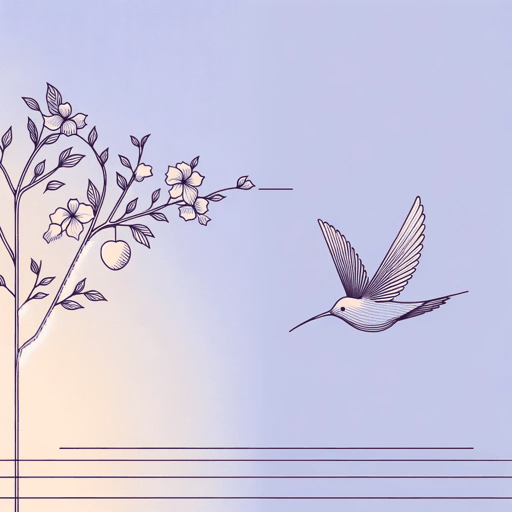17 pages • 34 minutes read
Lorna Dee CervantesEmplumada
Fiction | Poem | Adult | Published in 1981A modern alternative to SparkNotes and CliffsNotes, SuperSummary offers high-quality Study Guides with detailed chapter summaries and analysis of major themes, characters, and more.
Literary Devices
Form and Meter
“Emplumada” consists of two stanzas of seven lines apiece, followed by a third stanza of four lines. Stanzas and lines are traditionally justified to the left side of the page. The poem employs no end rhyme or formal meter, and the lines vary in length: It is a poem in free verse.
The speaker of the poem communicates from a third-person perspective. Syntactically, the poem consists of seven grammatically complete and punctuated phrases. Four of those phrases occur in the first stanza. The longest phrase begins in the first stanza and takes up most of the second. While the phrases themselves are scattered, the three stanzas offer three distinct movements within the poem.
In the first stanza, summer is coming to its end and the blooms are fading. Death has arrived, depressingly on time. The observer in the poem despairs at the loss. The second stanza, or movement, introduces the peaches, reaching past the barrier that is the fence and the hummingbirds—“stuck to each other” (Line 11)—struggling to extract what they can from life, while they can.
In the third stanza, or movement, the birds are free “from history” (Line 15), able as they are to fly above it.

